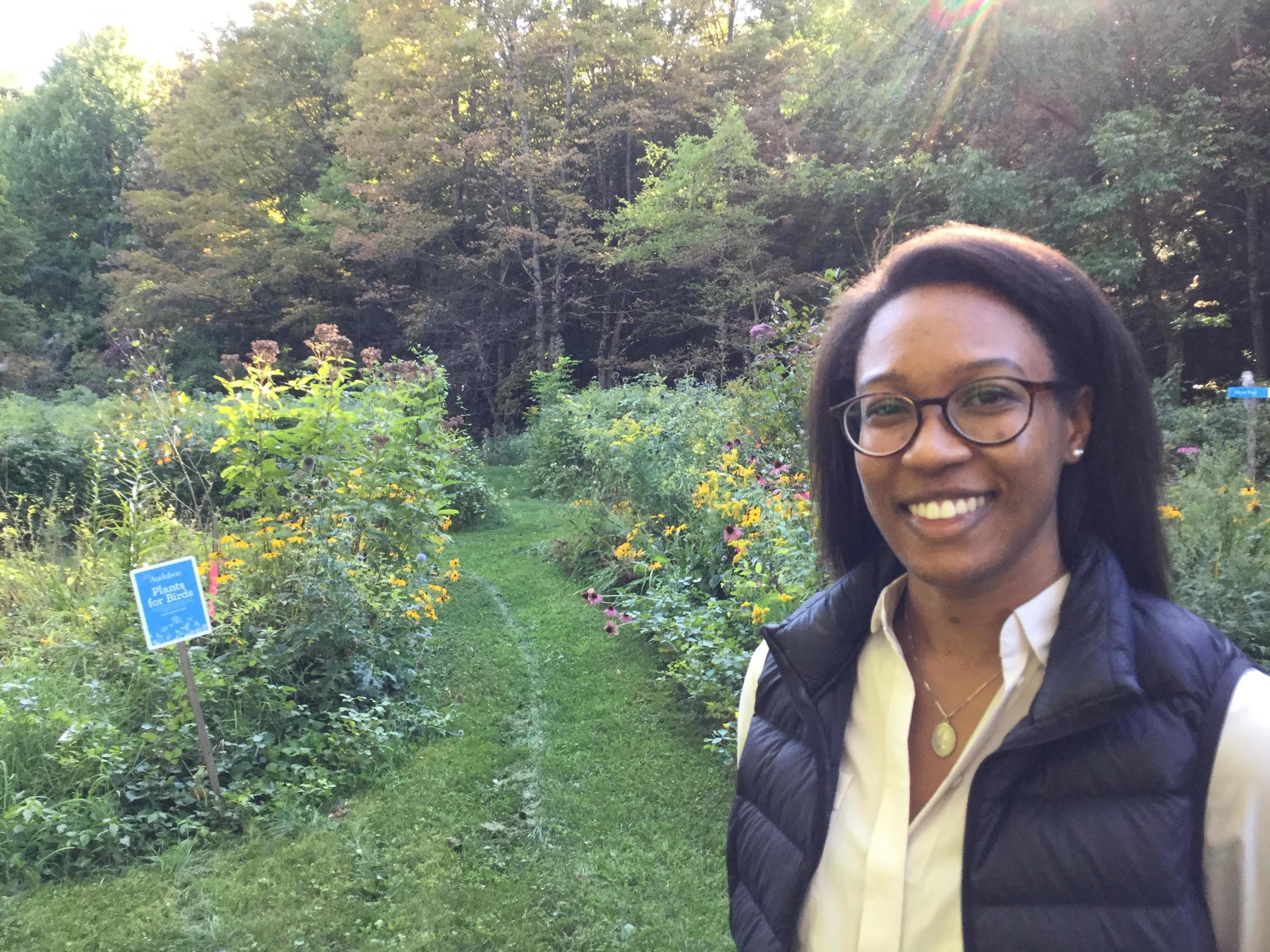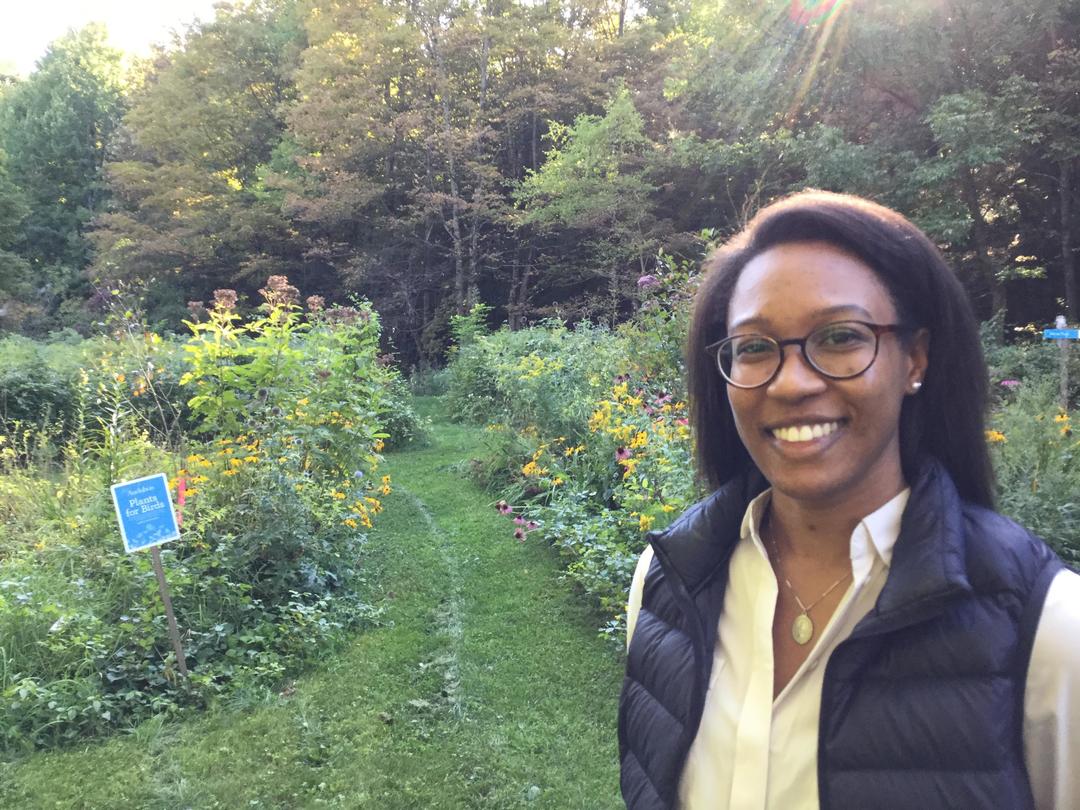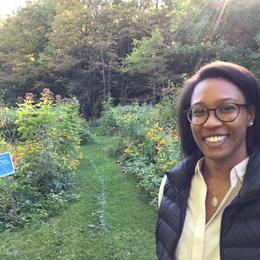Active forest management is vital to creating diverse habitats for Vermont’s native bird populations. But, Vermont’s forests are not just for the birds. From addressing carbon pollution to boosting local economies, Vermonters depends on healthy forests.
It has become increasingly evident that multi-aged forests play a critical role in helping Vermont reduce its carbon pollution and, in turn, address climate change. These ecologically complex landscapes feature a mosaic of older, larger trees and younger trees that are in the early stages of their growth. Researchers at the University of Vermont found that as these forests age, the size of their carbon pool increases. The science of the relative rates of carbon uptake (sequestration) and overall storage continues to evolve as scientists delve more deeply into the differences between younger and older trees, and examine the role of soil carbon. Regardless of the differences among forest types, what is clear is that forests are vital to Vermont’s climate strategies due to the large amounts of carbon they sequester and store.
Little remains of the old-growth forests of the Green Mountain State that were largely cleared during the 18th, 19th and 20th centuries. Due to historic clear-cutting practices, most of Vermont’s forests are even-aged. Shifting to forest management that emphasizes the creation of multi-aged forests can help counteract carbon emissions by maximizing carbon storage and carbon sequestration while supporting other important ecological and economic benefits of forests.
Through effective and active forest management planning, Vermont can continue to address climate change while conserving the integrity of the landscape. From an ecological perspective, an active forest management plan would attempt to mimic the natural patterns of disturbance and regeneration that would occur in a forest without human involvement. Most active forest management plans combine this approach with the careful use of the forest’s natural resources. For example, the selective removal of some trees creates room for other trees to grow while supporting the timber industry. Allowing forest landowners to harvest trees at a sustainable rate provides incentives to keep our forests as forests. Vermont has several opportunities to build on existing laws in order to encourage landowners to both protect and actively manage their forest land. Two prominent initiatives are Act 250 and the Current Use Program.
Enacted in the 1970s, Act 250, Vermont’s land use and development law, provides a legal process for reviewing and managing the social and environmental impacts of development proposals in Vermont. Ten criteria are used to evaluate development proposals falling under the reach of this law. New development projects that cause or result in the removal of forests may fall within the criteria, including negative impacts to air, water, and soil, as well as disruptions to wildlife habitat and rare natural areas. This year is a defining moment for Act 250. An Act 250 Commission comprised of six legislators is issuing a report, proposing changes to the law to help govern the next 50 years of the state’s development. A major focus of the commission is climate change and environmental protection. This focus should strengthen the law’s ability to protect forests while allowing timber to be harvested. This provides an opportunity to combat climate change while boosting the local economy and protecting Vermont’s wildlife, including native bird populations.
Vermont also has an important property tax program to promote equitable taxation for landowners who keep their land working as farms or forests. Known as the Use Value Appraisal program or “current use,” this program enables private landowners who manage farmland or forestland to have their land appraised based on the present-day use of their property (i.e. timber or agriculture) rather than commercial development value. In 2016, 2.4 million acres were enrolled in the program, about one-third of Vermont’s total land. This program taxes private landowners based on the value of their land while in a working lands status, providing an incentive to ensure that the land remains farmland or forestland. Since about eighty percent of the forested land in Vermont is privately owned, incentives like the Current Use program are critical to encouraging the sustainable use and long-term conservation of Vermont’s forests.
Keeping Vermont’s forests as forests has benefits beyond carbon and climate. Healthy forests filter and store water during heavy rainfall and snowmelt events, reducing erosion, water pollution, and flood damage. Healthy forests are also vital to the state’s economy, both for the wood products sector, but also for tourism and outdoor recreation. For the thousands of Vermont bird watchers, the additional good news is that active forest management helps Vermont’s birds. Many bird species require different types of forests during different stages of life. Wood Thrushes nest in old forests and then move their fledglings to younger forests to feed on berries. Because multi-aged forests have a mix of older and younger trees, they provide habitats for birds during many critical life stages. Ground-nesting birds like Winter Wrens often construct their nests in the overturned roots of fallen mature trees. Openings in the forest canopy allow the creation of a mix of meadows and shrubs, habitat critical to many bird species like the Bobolink and Golden-winged Warbler.
For hundreds of years, Vermont has depended on forests. Multi-aged forests, in particular, offer a range of economic and environmental benefits. Through strengthening policy initiatives like Act 250 and the Current Use program, Vermont can improve the protection of these beautiful and diverse forested landscapes for all to enjoy and for the benefit of all Vermonters.
Learn how Vermont’s forests play an important role in understanding climate change and addressing the state’s carbon emissions.
Read Audubon Vermont Policy Intern Erik Sievert's article Seeing the Forest for the Trees: Managing Vermont’s Forests in the 21st Century.










